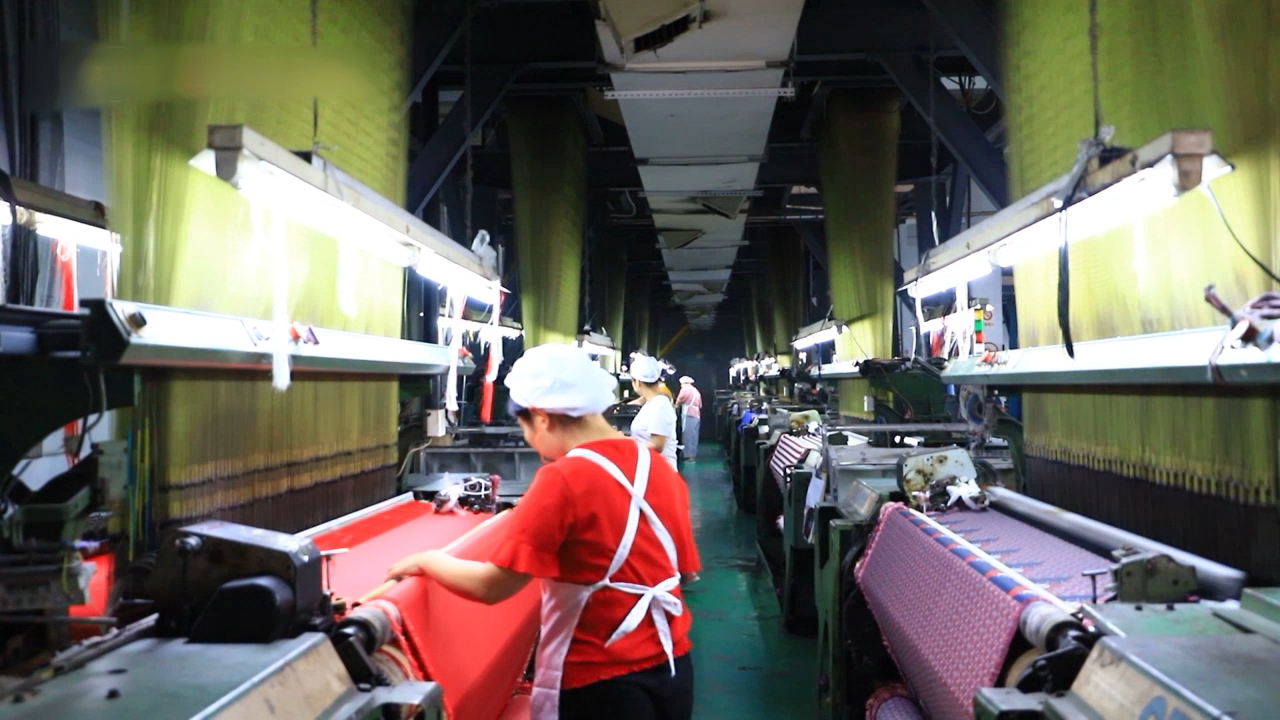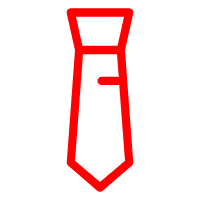
Ties are an essential accessory that holds significant importance in both formal and professional attire. The process of creating tie fabrics involves intricate techniques that contribute to their overall quality and appeal. In this article, we will delve into the exploration of jacquard tie fabric production techniques, shedding light on the artistry and craftsmanship involved.
Tie Design
Design plays a pivotal role in defining the character of a tie and influencing the perception of both a company's image and an individual's personal style. The design process entails careful consideration of various elements, including style, pattern, and color. Designers meticulously select the appropriate styles that align with the target audience and fashion trends. Patterns are chosen to complement the tie's theme or convey a specific message, while colors are carefully harmonized to evoke the desired aesthetic. Once the design is finalized, it undergoes a transformation from concept to production, where specific techniques are employed to bring it to life.
Tie Color Coordination
Color coordination is crucial in tie design as it greatly impacts the overall visual appeal and aesthetic harmony of the tie. Designers employ various color schemes, such as complementary, analogous, or monochromatic, to create visually pleasing combinations. They also utilize color coordination techniques like color blocking or accent colors to enhance the tie's design. During the production process, the color schemes are meticulously translated into precise color ratios to ensure accurate replication of the intended design.
Tie Fabric Weaving
Yarn Preparation
The quality and feel of a tie greatly depend on the selection of yarn. Fine yarn with appropriate texture and composition is chosen to ensure a smooth and luxurious finish. The yarn undergoes meticulous preparation, including sorting and selection based on color, thickness, and strength. This preparation ensures consistent and high-quality yarn for the subsequent weaving process.
Fabric Weaving
The weaving process brings the tie fabric to life. Specialized weaving machines, often jacquard looms, are employed to create intricate patterns and textures. The weaving process involves interlacing the warp and weft yarns according to the desired design. Skilled technicians operate the looms, monitoring the tension, speed, and pattern alignment to ensure precise fabric construction. Challenges such as tension variations or pattern irregularities are meticulously addressed during the weaving process to maintain the fabric's desired quality.
Pre-Finished Fabric Inspection
Before further processing, the woven tie fabric undergoes a thorough pre-finished inspection. This step serves as an initial quality check to validate that the fabric meets the required specifications. Inspectors meticulously compare the fabric to the design sample, checking pattern colors, size, repeat length, and overall appearance. Additionally, the fabric undergoes washing to remove impurities and preserve its fresh and vibrant texture.
Dye Fixation
To ensure the longevity and vibrancy of tie colors, dye fixation is a critical step. Various methods, such as steam or chemical fixation, are employed to permanently bond the dyes with the fabric fibers. This process ensures that the tie's colors remain vibrant and resistant to fading, even with repeated use and cleaning.
Finishing Processes
After dye fixation, the tie fabric goes through several finishing processes to enhance its texture and performance. Softening treatments are applied to improve the fabric's touch and drape, providing a luxurious feel when worn. Pressing techniques help remove any remaining wrinkles and ensure a smooth and elegant appearance.
Finished Fabric Inspection
The final step in tie fabric production is the thorough inspection of the finished fabric. Qualified inspectors meticulously examine the fabric for any imperfections, ensuring it meets the highest quality standards. This inspection involves checking for fabric smoothness, absence of creases, accurate pattern sizing, color consistency with the original sample, and overall adherence to design specifications. The results of the finished fabric inspection determine whether the fabric is suitable for the subsequent cutting and sewing processes, making it a crucial step in maintaining tie quality.
Conclusion
Creating high-quality tie fabrics requires a meticulous and multifaceted production process. From meticulous design considerations to precise color coordination, yarn preparation, weaving, and post-production treatments, each step contributes to the overall craftsmanship and quality of ties. Strict quality control measures are crucial throughout the production process to ensure the final product meets the highest standards. By exploring and understanding the intricate artistry behind tie fabric production, we can gain a deeper appreciation for this essential accessory and continue to foster excellence in tie manufacturing.
Stay tuned for future articles as we delve into more captivating topics and encourage readers to stay engaged in our exploration of the fascinating world of tie manufacturing.
Post time: May-24-2023



















